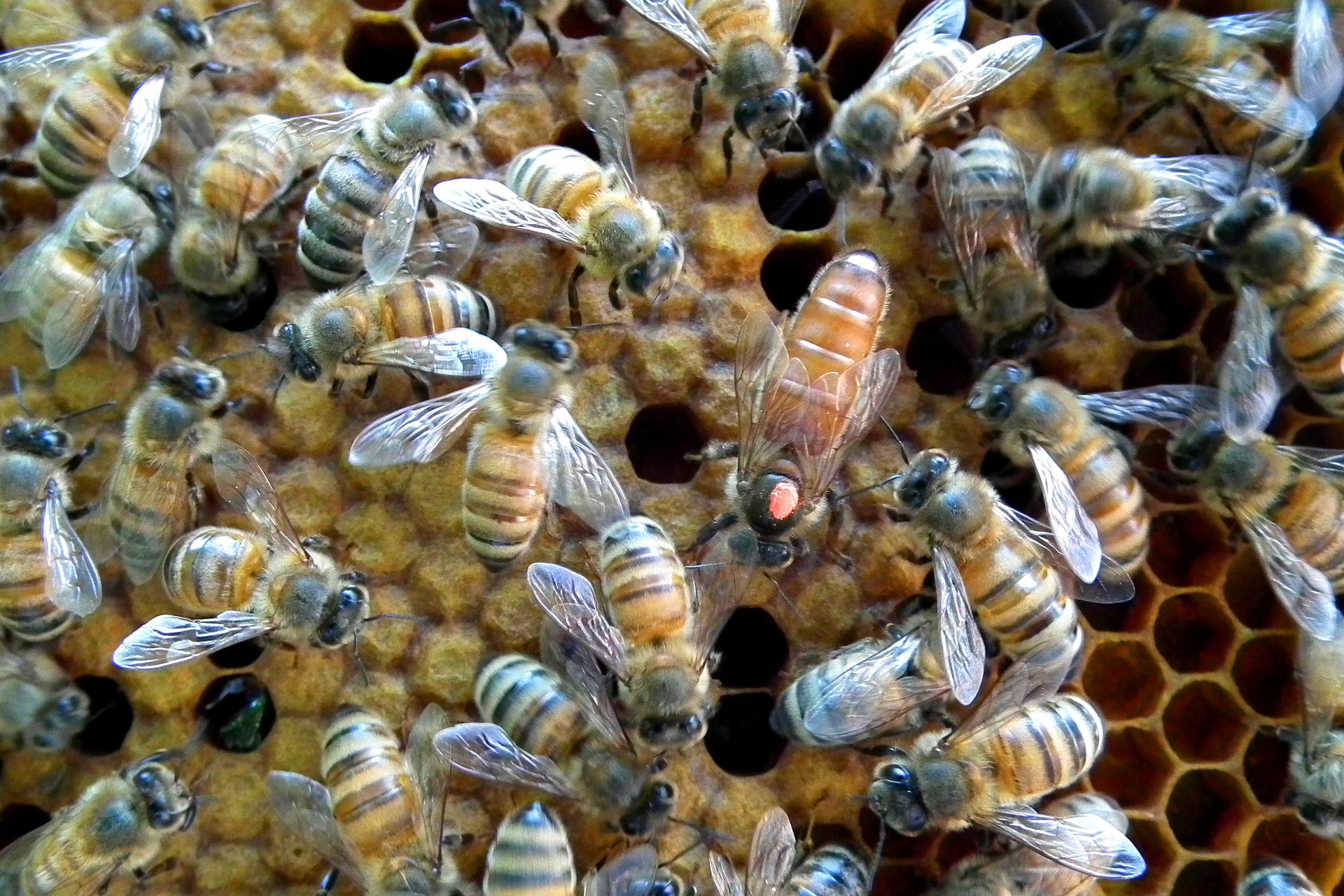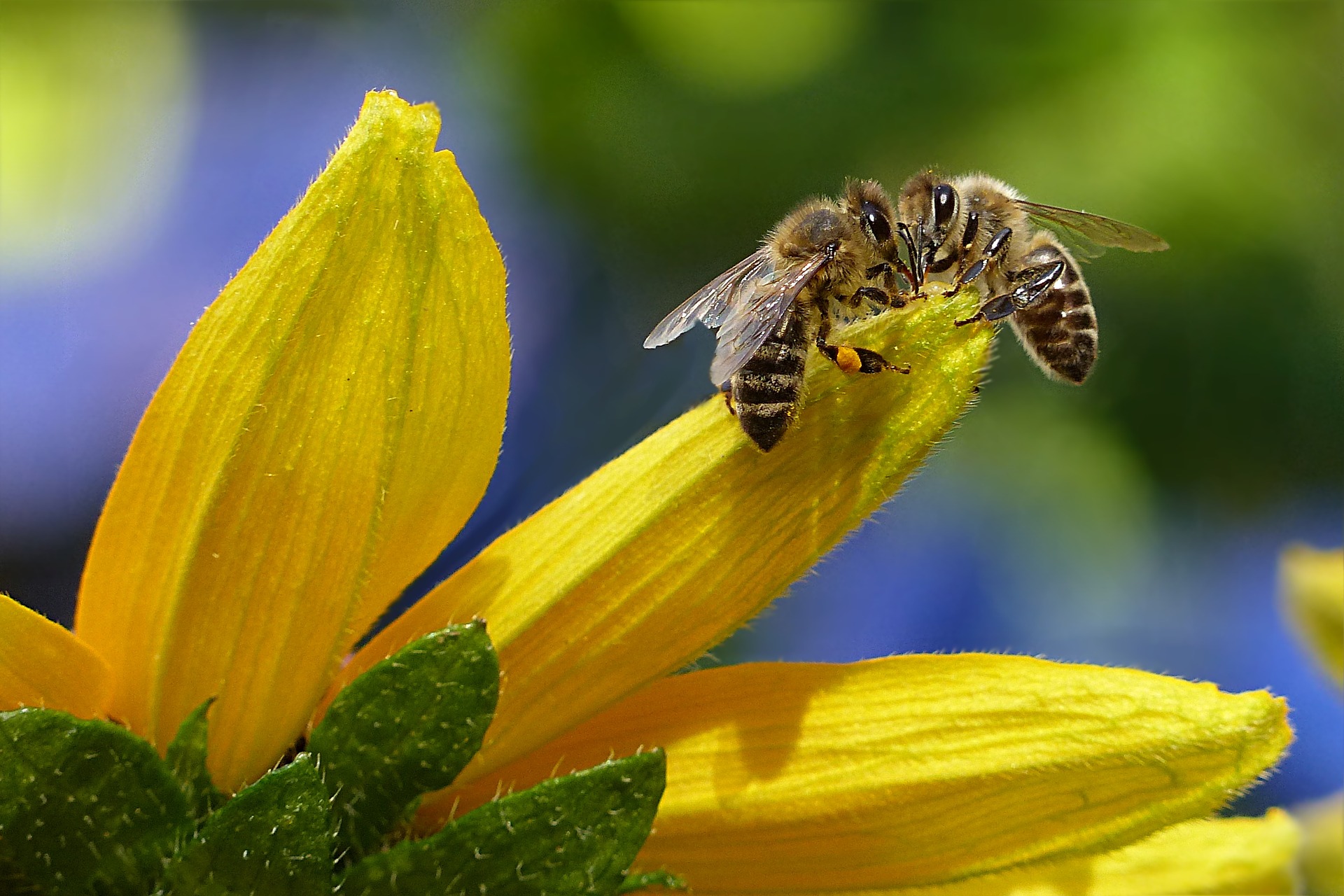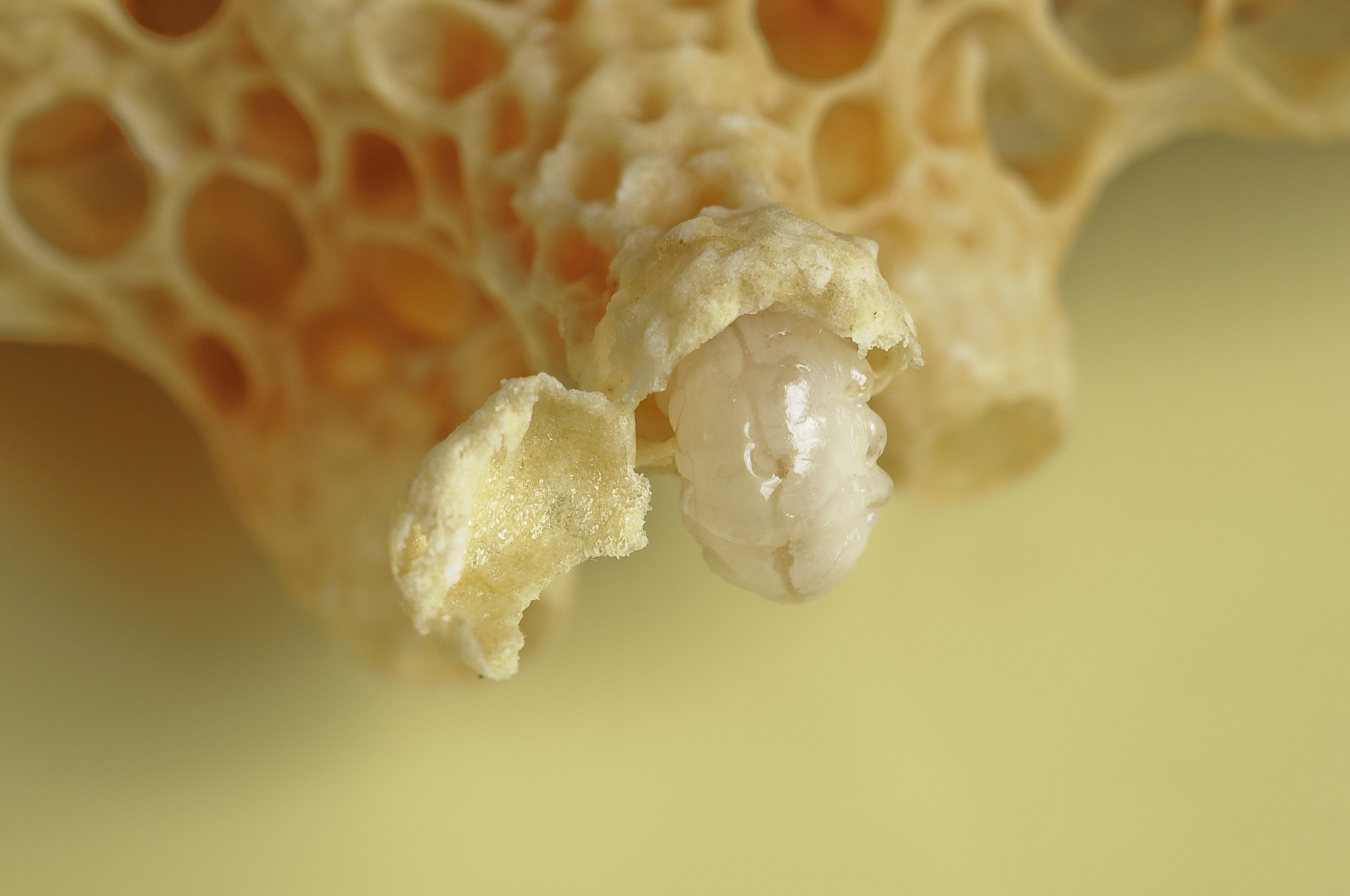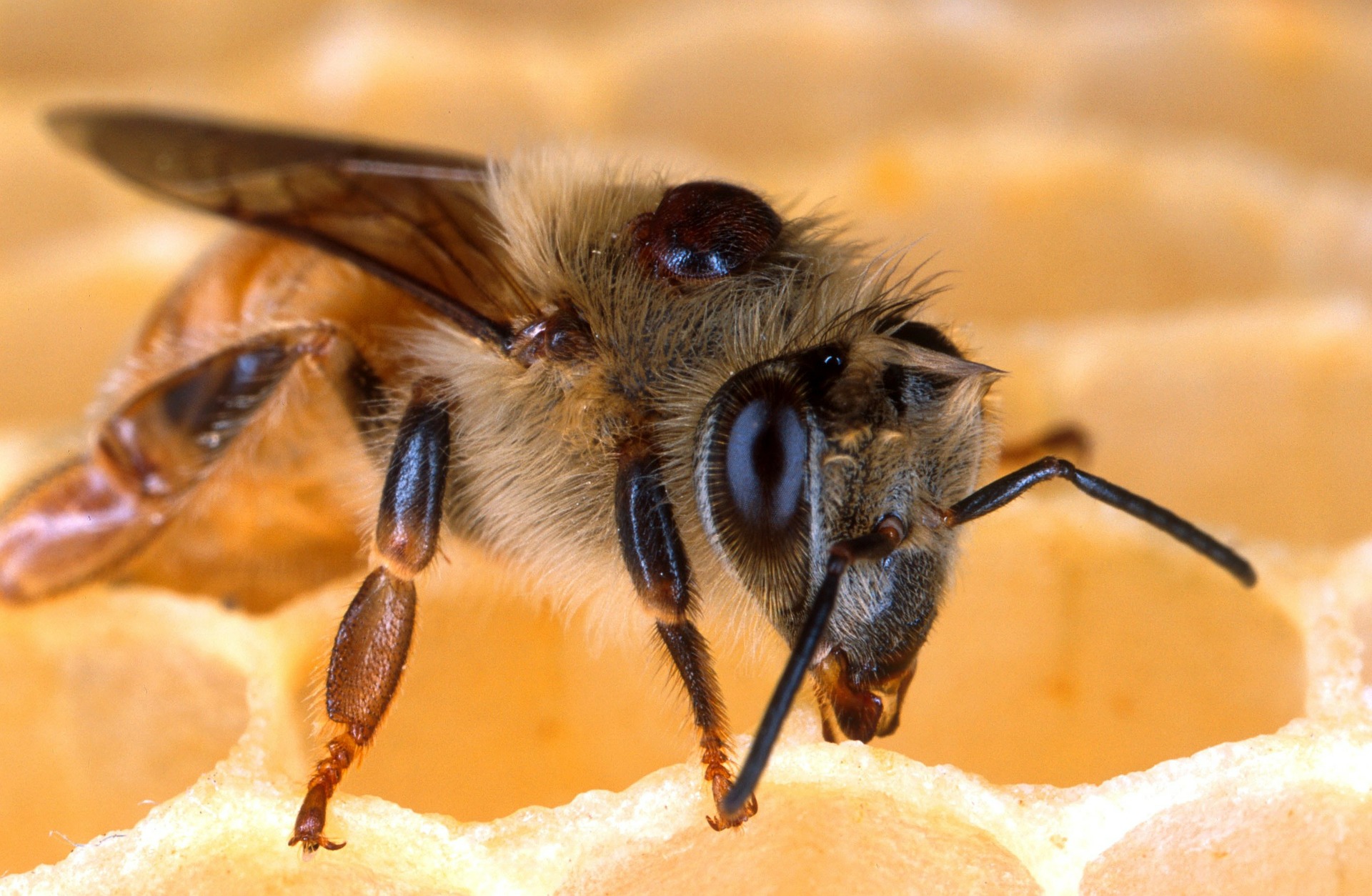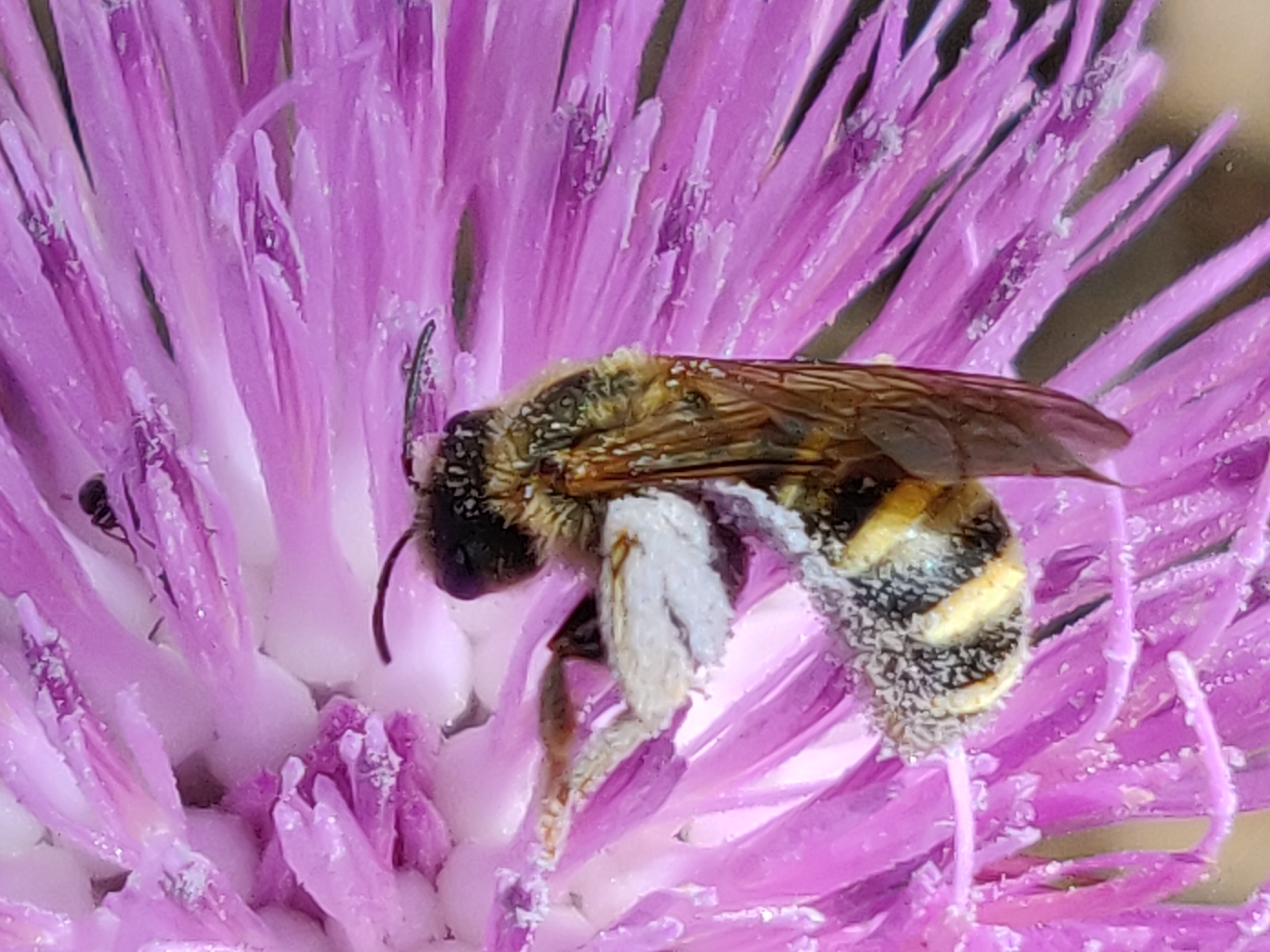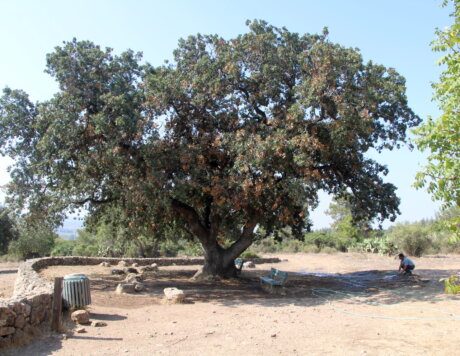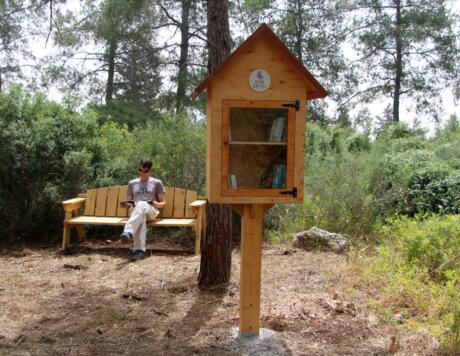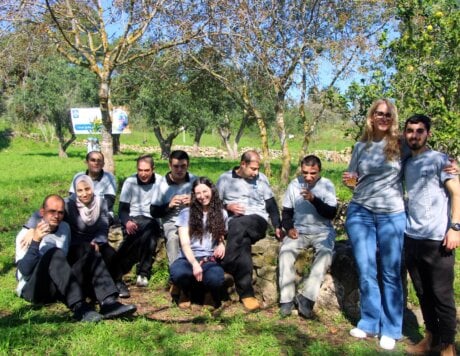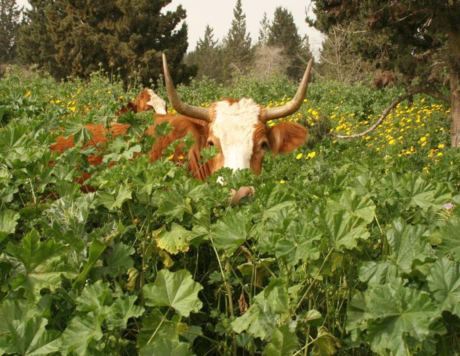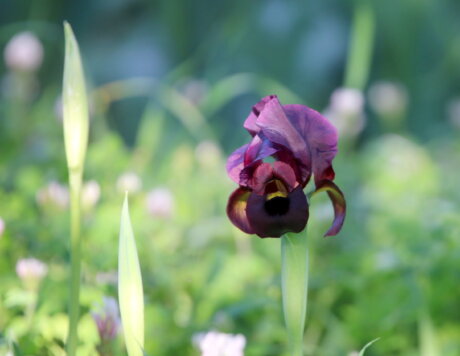This hive is too small for both of us?
Only one queen can live in a hive; thus if there is a revolt in the hive or the bees detect the queen’s weakness and a new queen is created, this new queen will leave with her accompanying workers in search of a new hive.
The honey bee
This is in fact the most well-known bee, but it is not the only type of bee. There are over 1,000 species of wild bees living in Israel; however, in contrast to the honey bees they do not live as a family, but rather as “single parents” that care for their own larvae. An in-depth study at Ramat Hanadiv is examining the concerning decrease in wild bees, putting them in danger of extinction.
Danger of extinction
A few years ago, bees began disappearing on a massive scale; this disappearance has troubled the sleep of researchers in Israel and around the world and directly threatens food consumption by humans.


